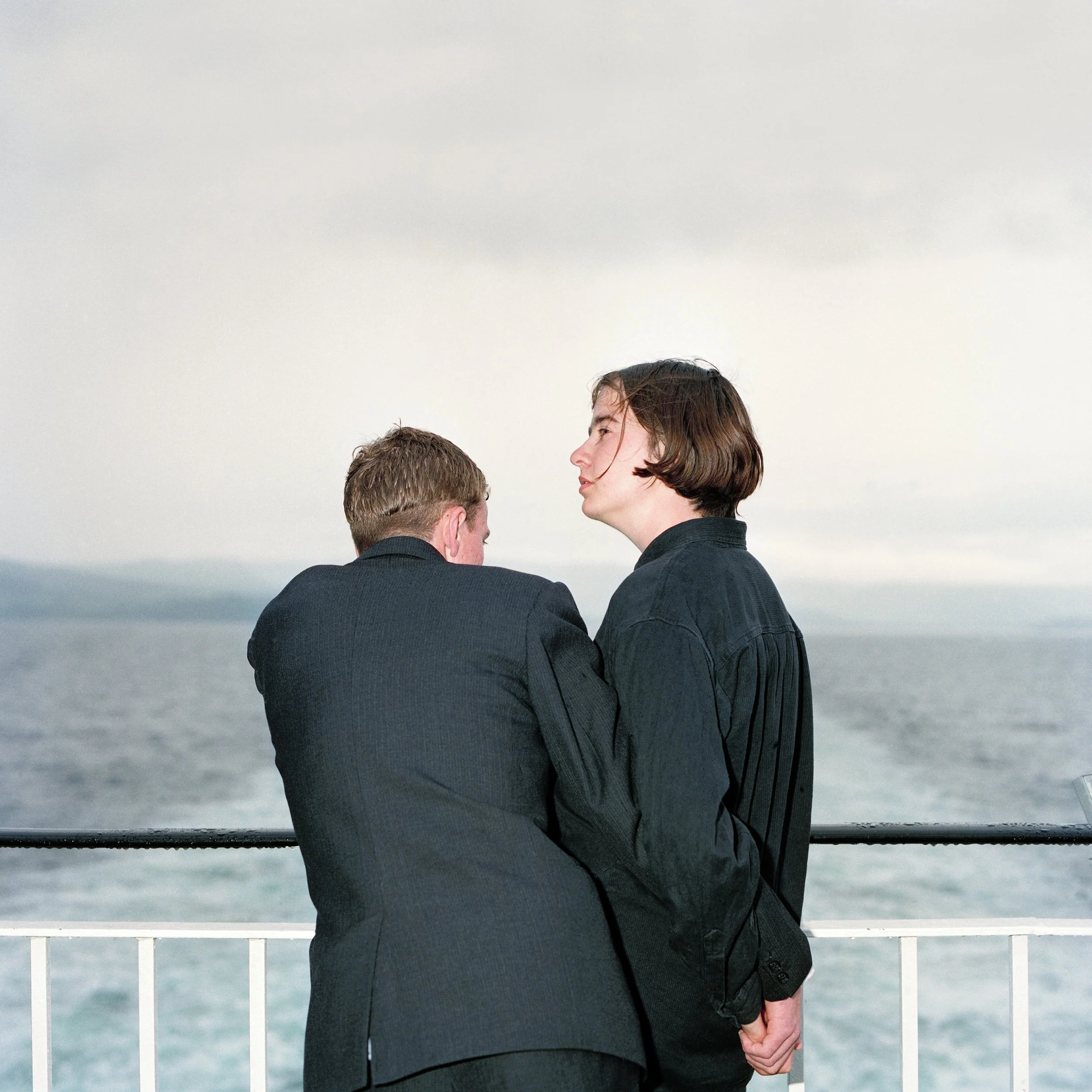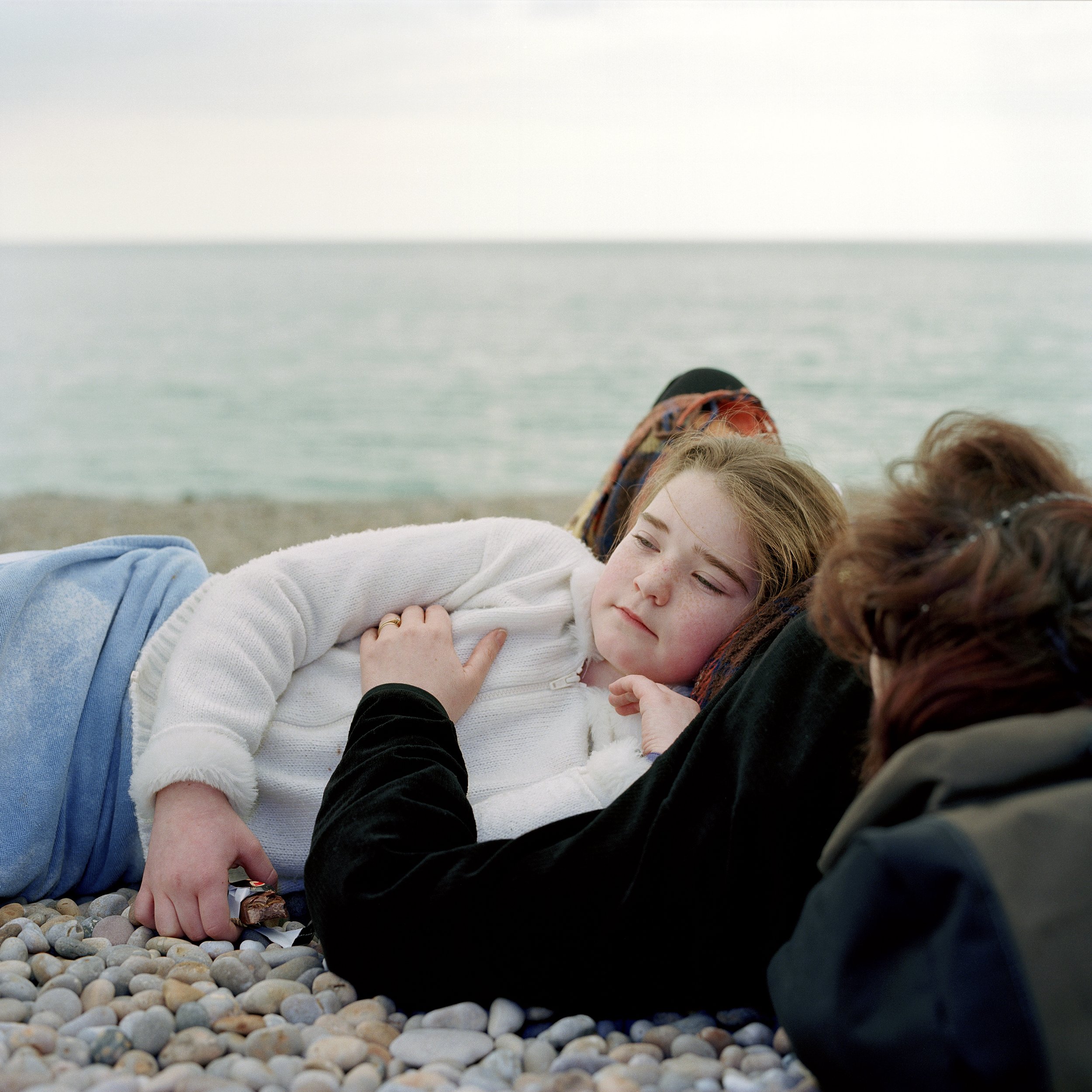Coastline
The sea has had a profound influence on the shaping of British history and continues to play a part in our evolving sense of national identity. It encloses and separates us as a country, and in doing so it symbolically binds us together – as disparate as we are. In defining a geographical space that is ‘apart’, the sea also begs a series of questions: What makes us unique? What brings us here? What makes us stay? The ragged coastline cradles our emotional and physical negotiations with the sea.
-
It is a place (stretched over many different social contexts) where we come to shed life’s unnecessary burdens, to be who we are, or to fantasise along these lines. It is a place of greetings and farewells, of longing, parting; a place of tranquillity and of dramatic elemental forces. As the land meets the sea, we come to be on the edge, for a while; on the border, released for some heady moment to experience nature’s contingencies. The coastline offers us a glimpse of an incessant desire – the freedom of the spirit.
Roy Mehta’s new photographic work is set around the British coastline and draws on all these themes, brought together in a highly charged physical and psychological space. In this space his pictures dwell on people in moments when identities and relationships might be betrayed, or when they might be formed. Fathers and sons, mothers and daughters, young lovers stand revealed, or perhaps make a play for existence itself here on the edge of Britain, and, for all it matters, on the edge of life. Distance, intimacy, affection, regret, all the unconcealed emblems of love and familial entanglement are staged here. And, in Mehta’s work, they become metaphors for a national culture at a point of transition.
Bringing together these people and the fragments of an already haphazard landscape of coastal structures and forms, Mehta has created a remarkable portrait of Britain searching for itself: clinging to the past, uncertain of the future, gazing out to sea.
©David Chandler 2003
Arrun
Worthing
Weston-Super-Mare
Southend
Weston-Super-Mare
Hastings
Southend
Bognor Regis
Weston-Super-Mare
Chesil Beach










